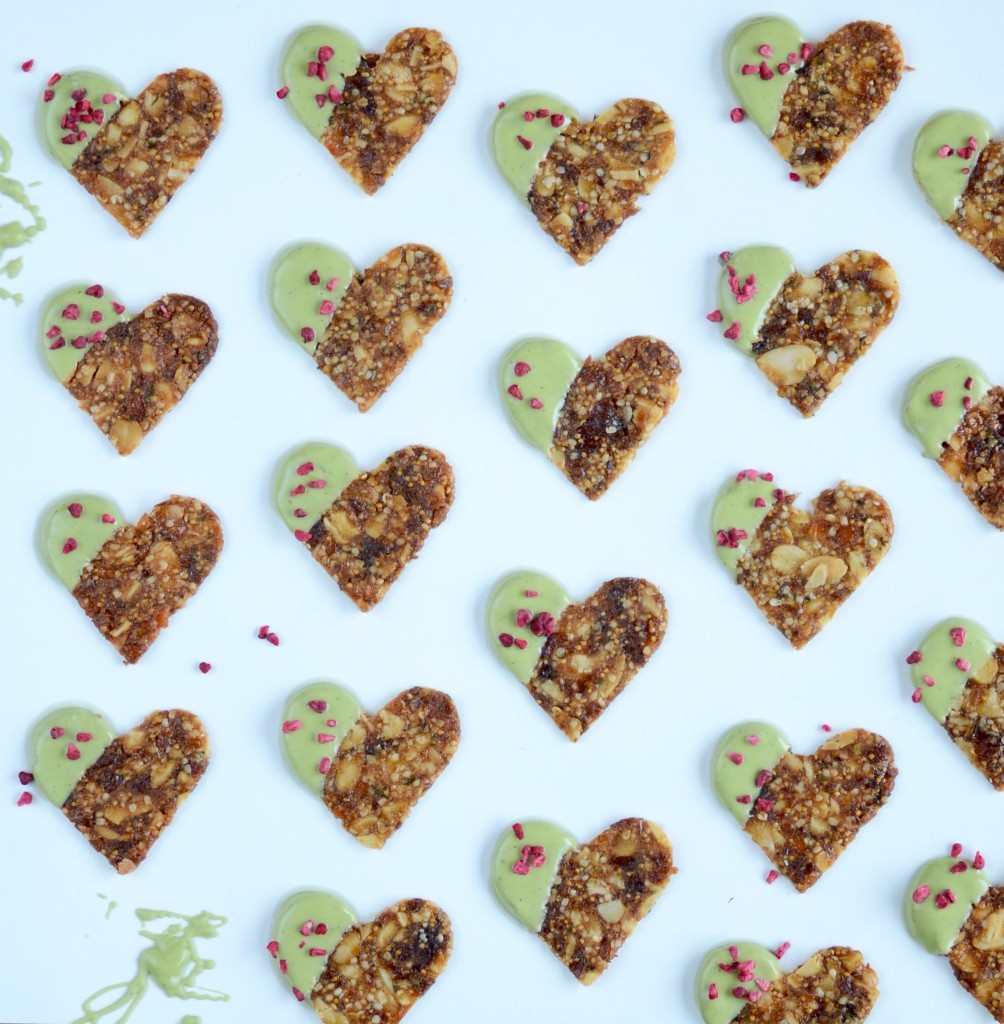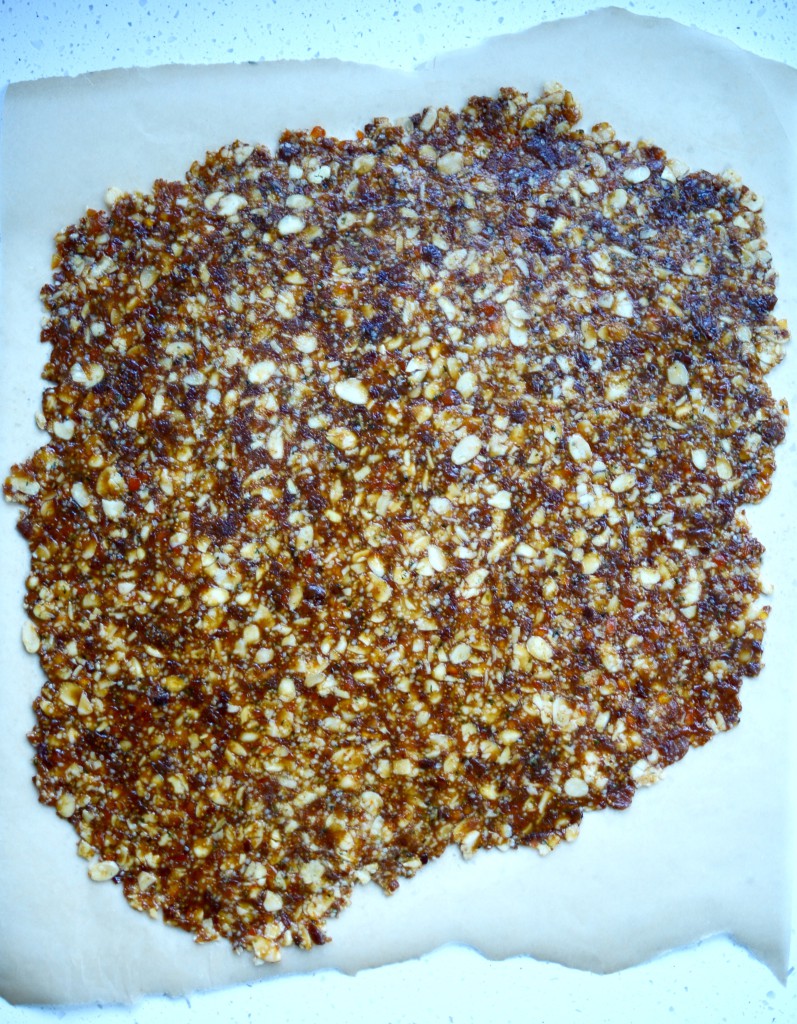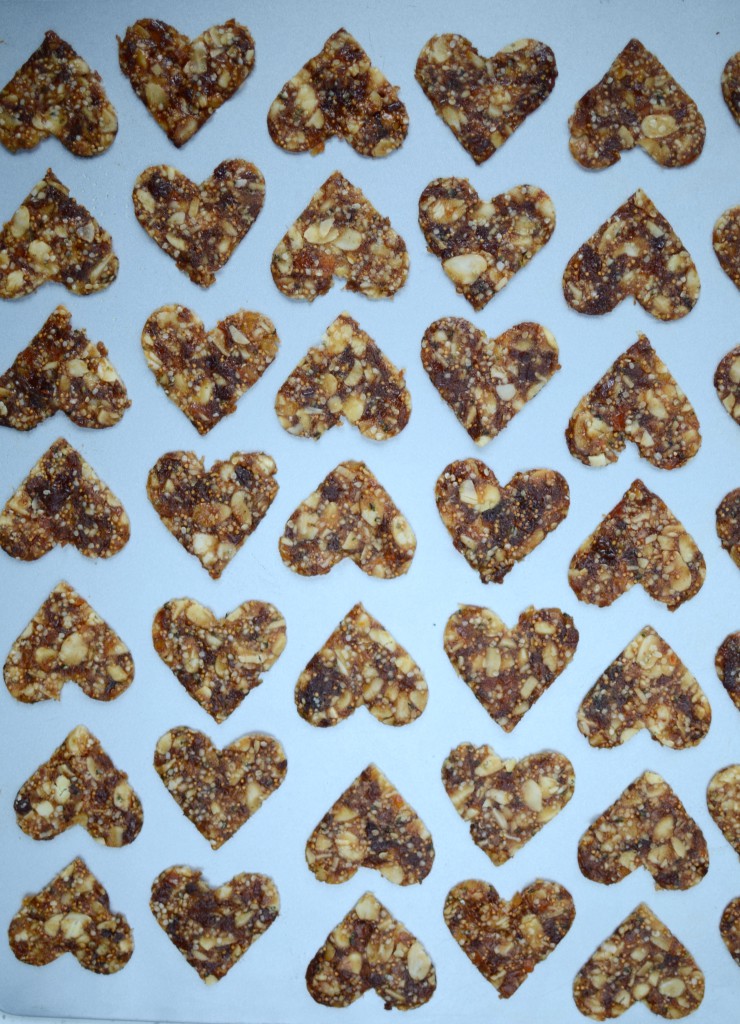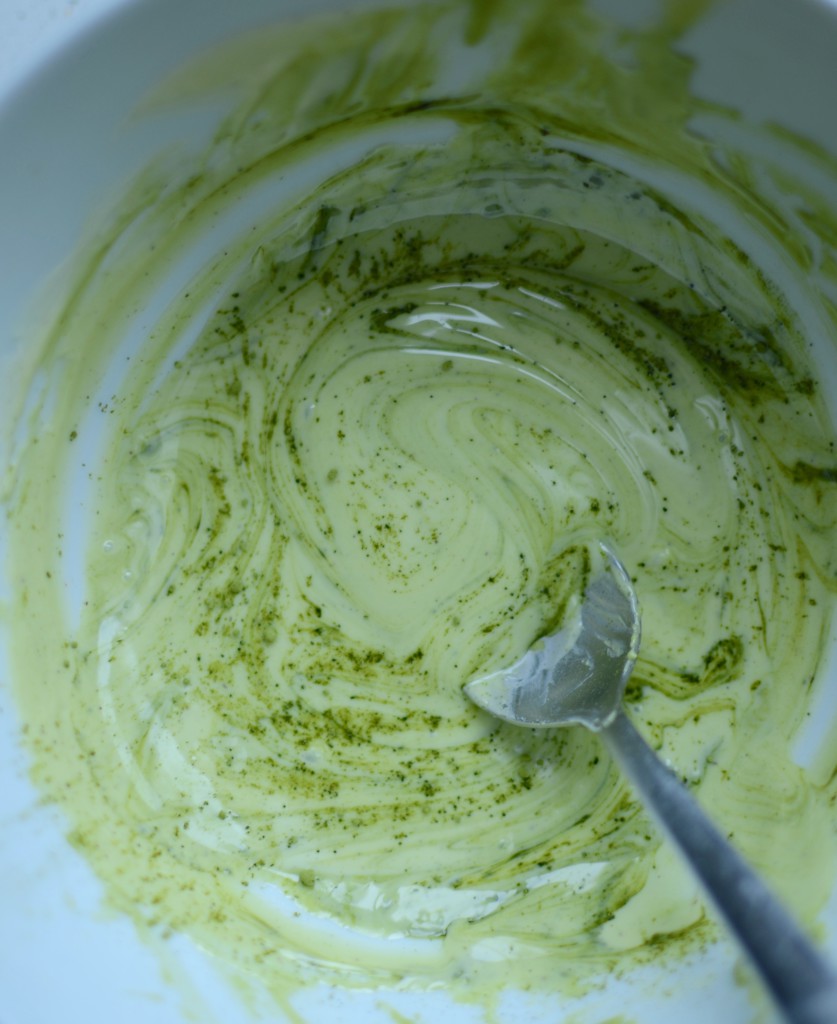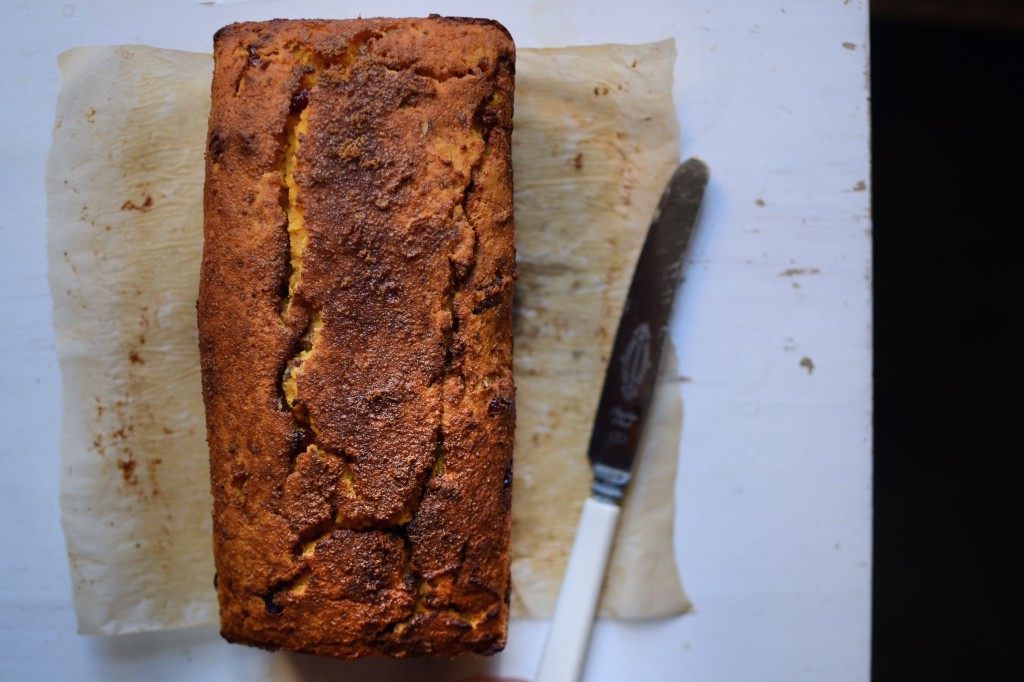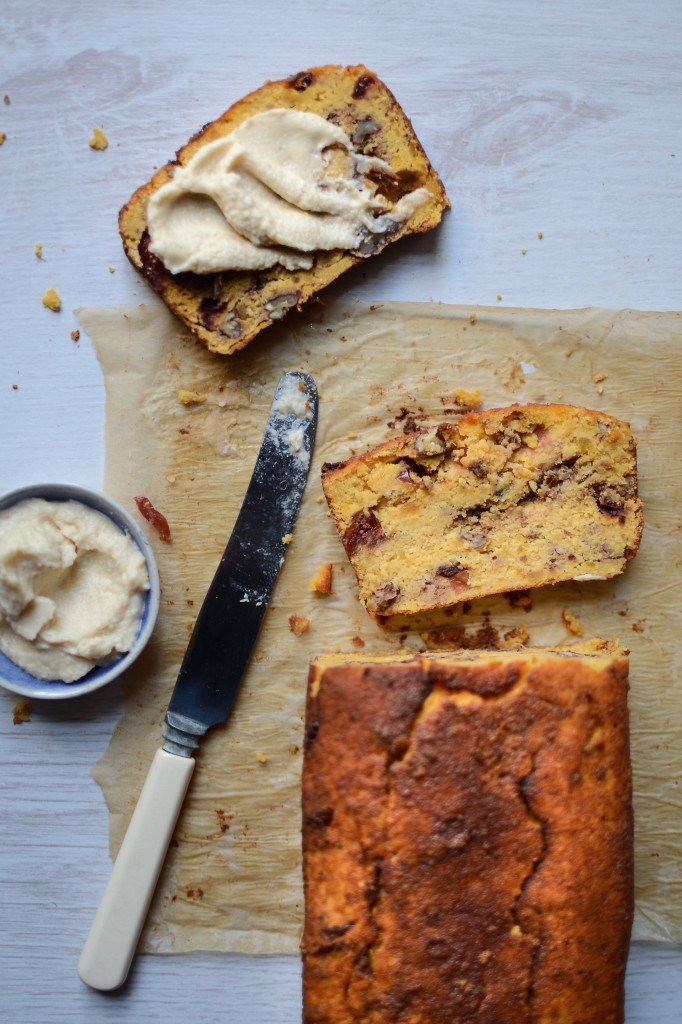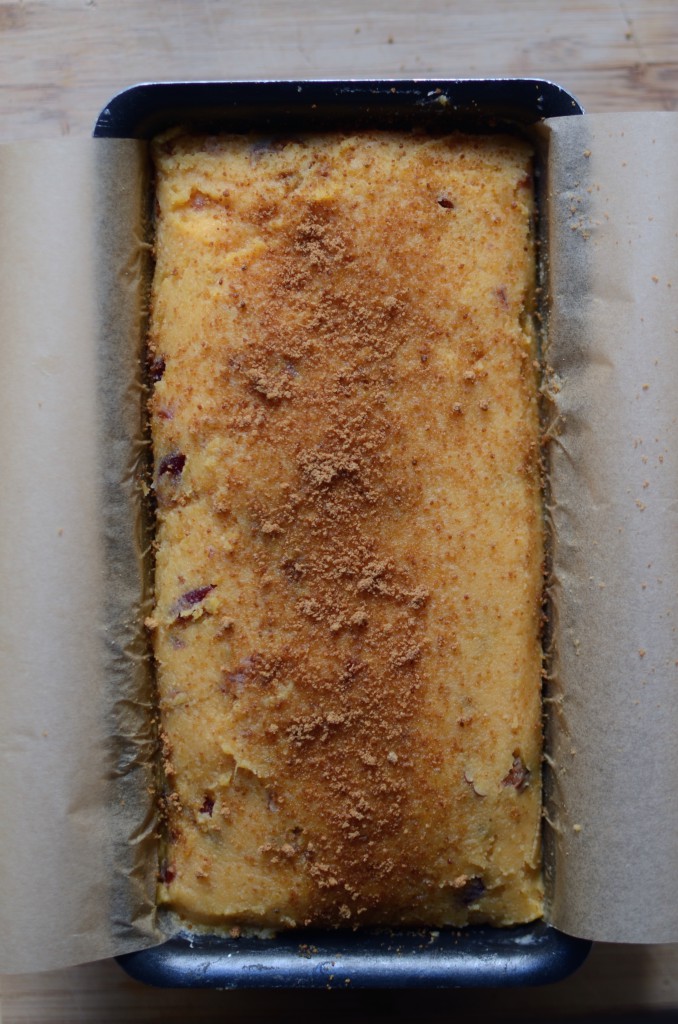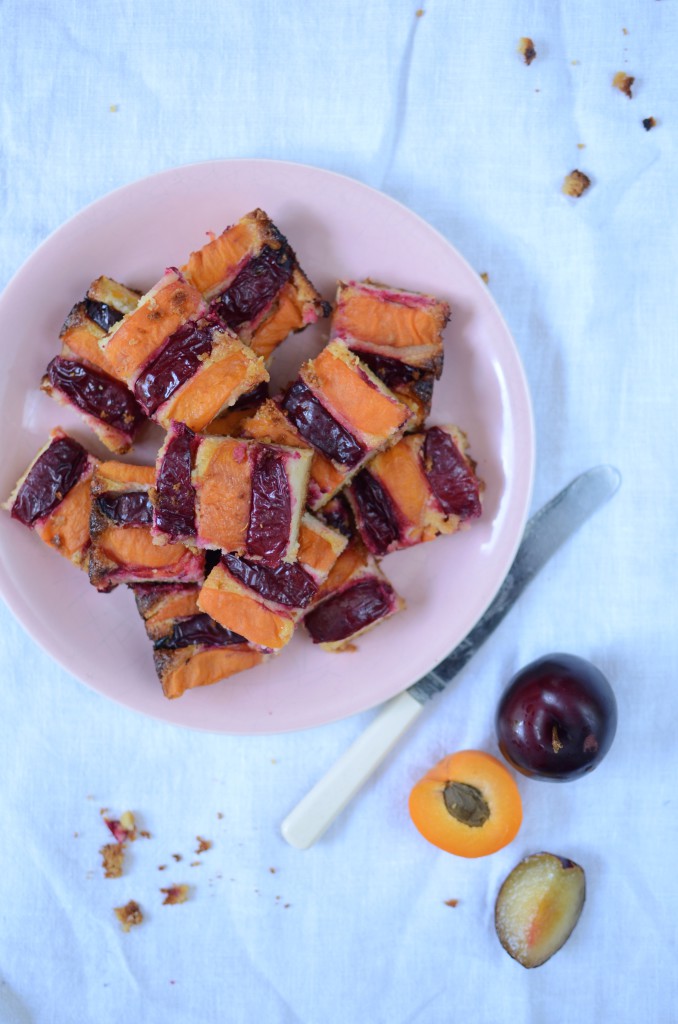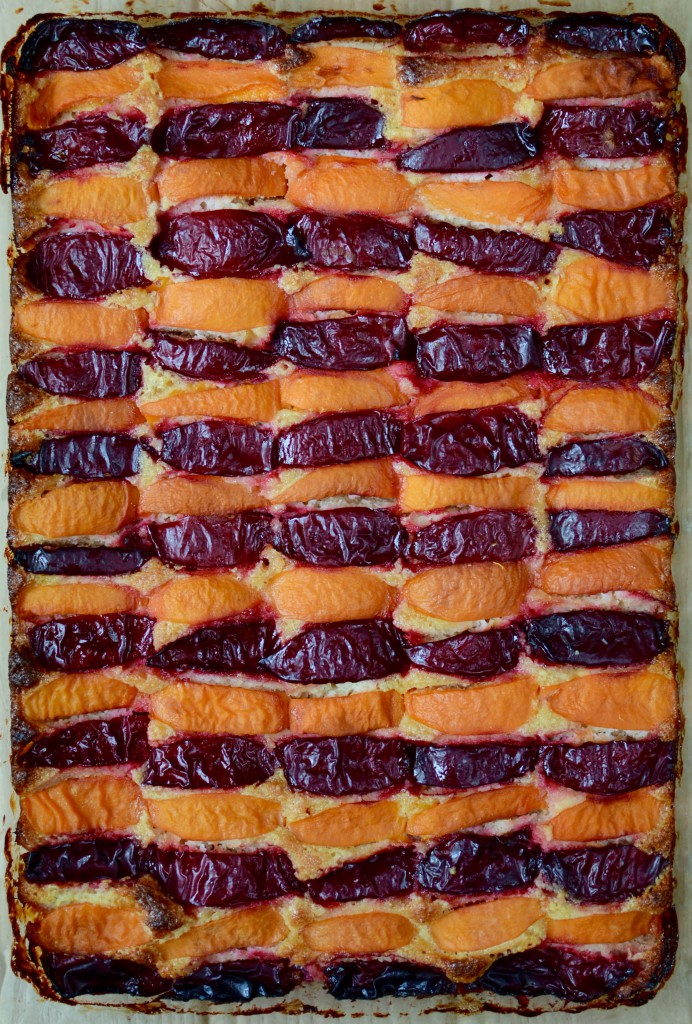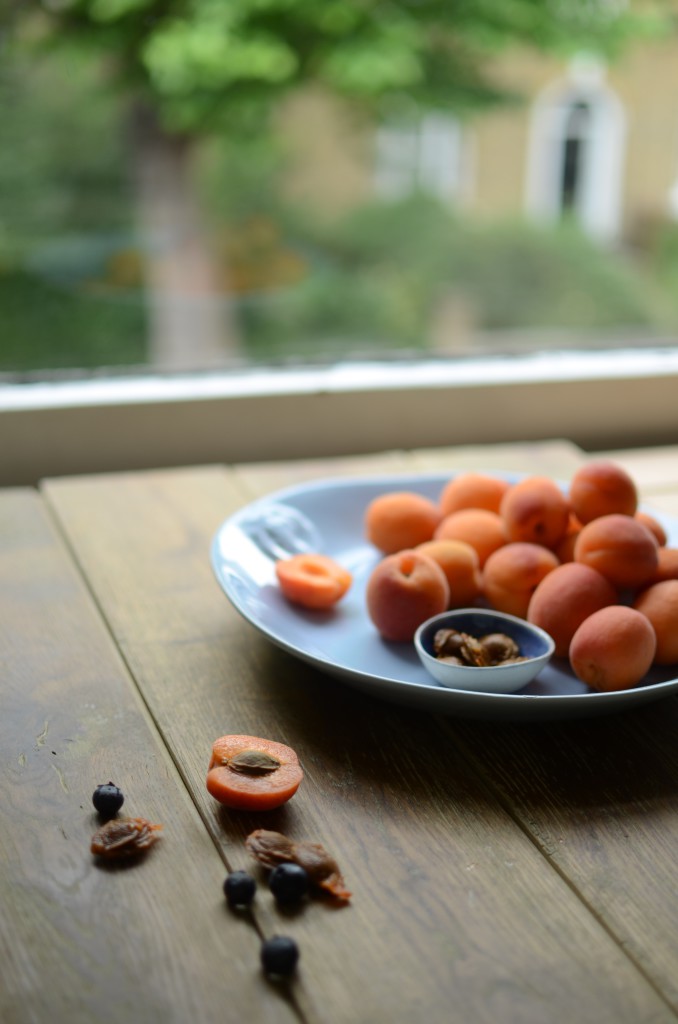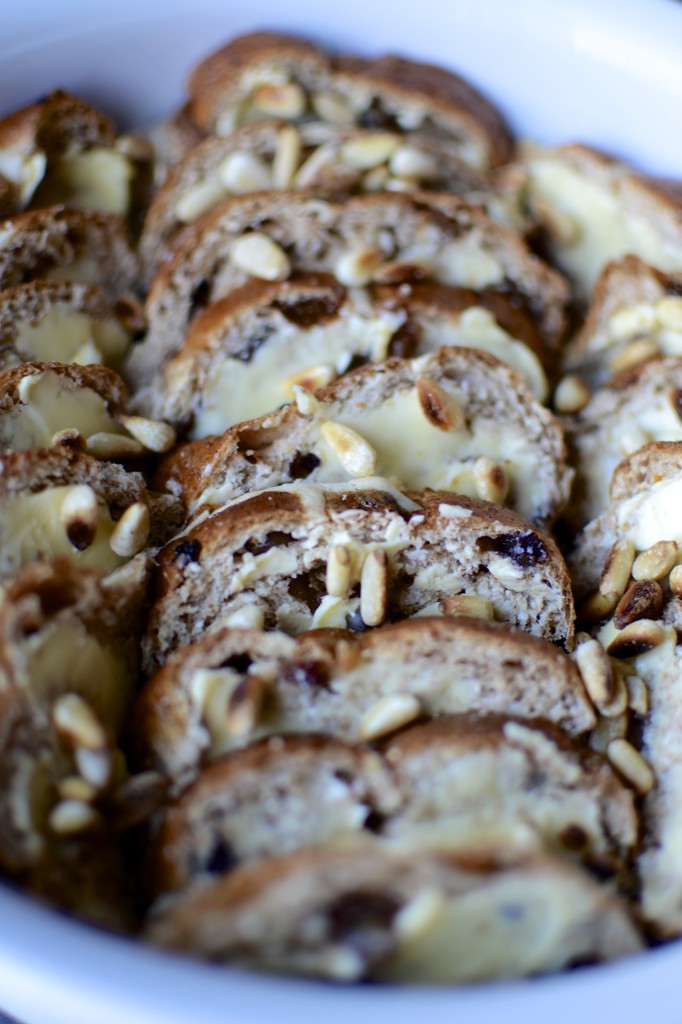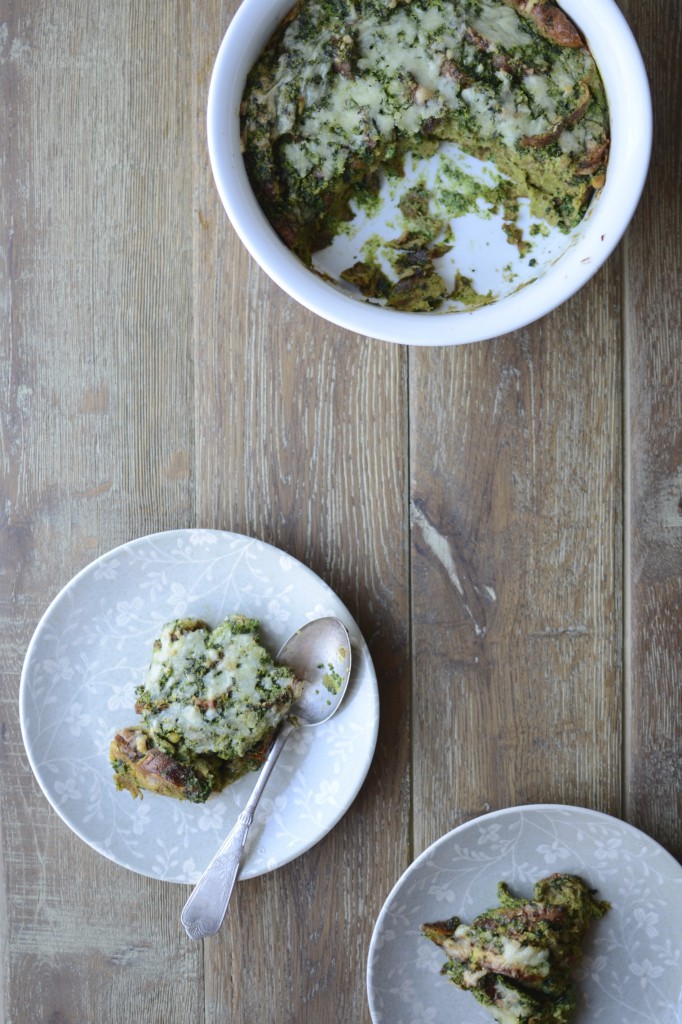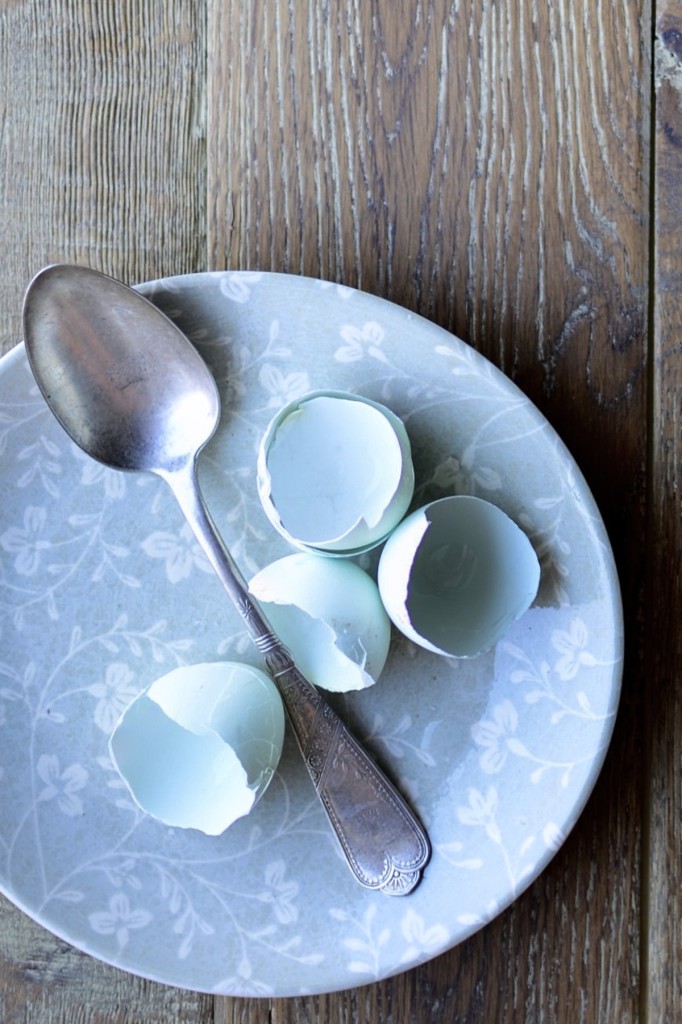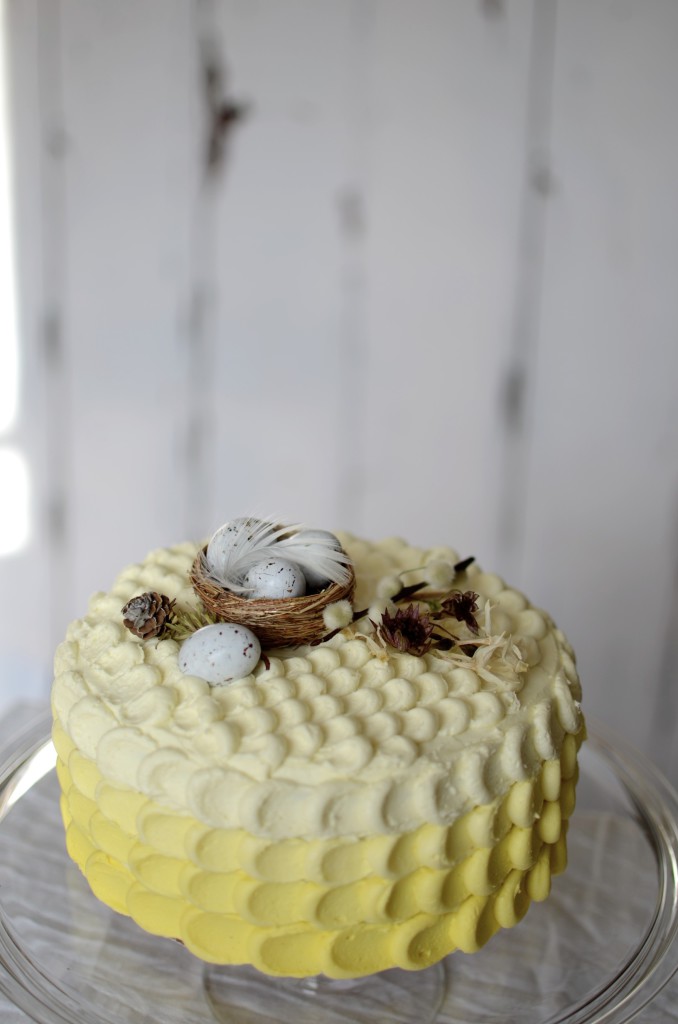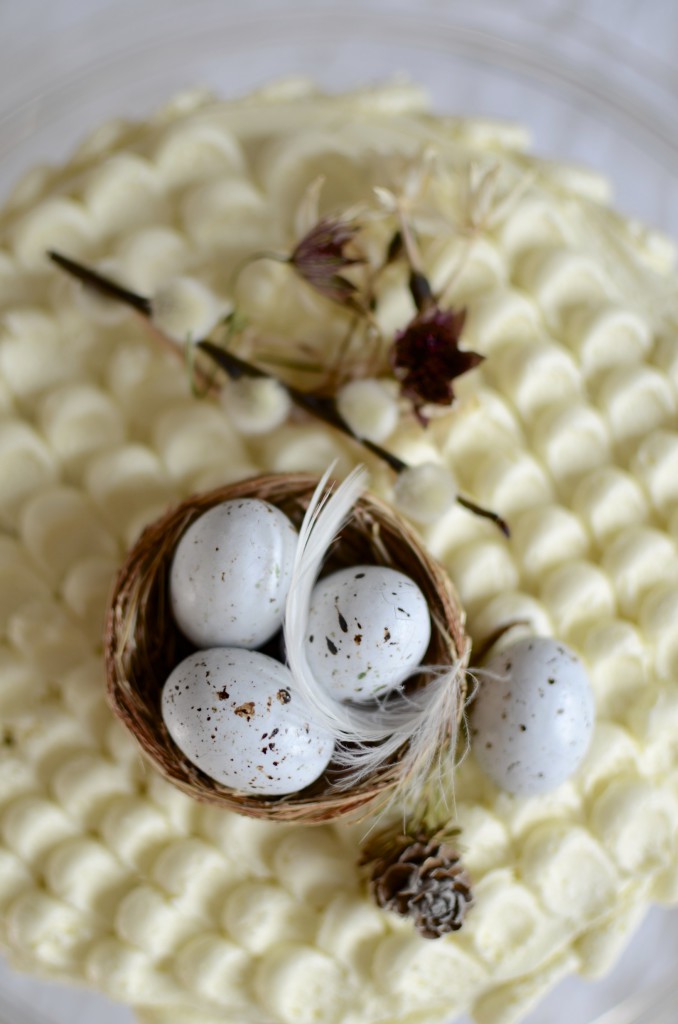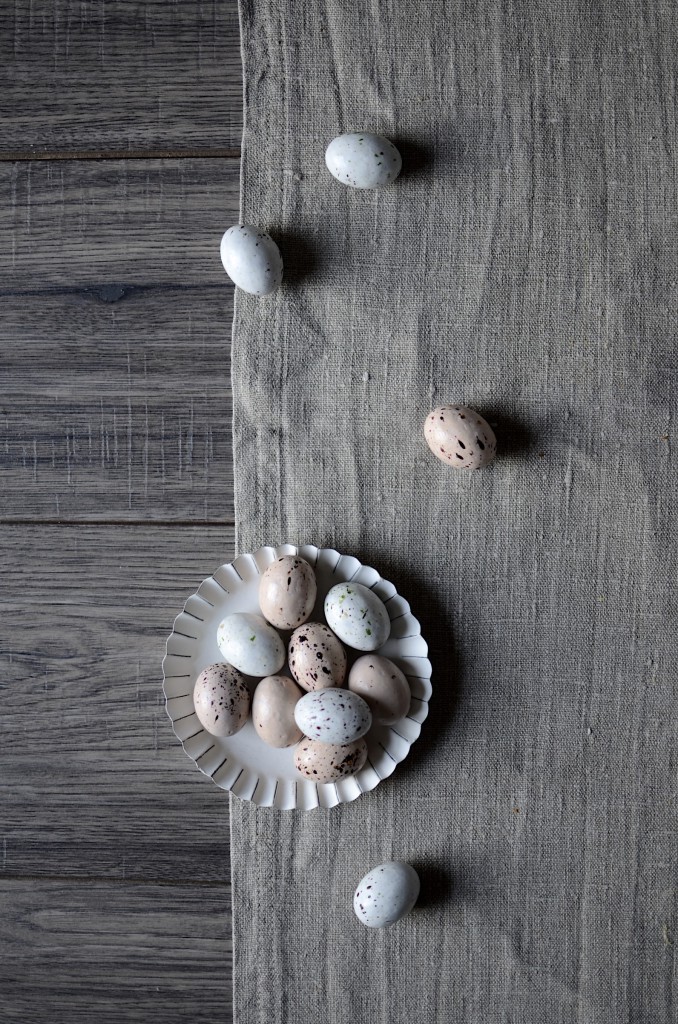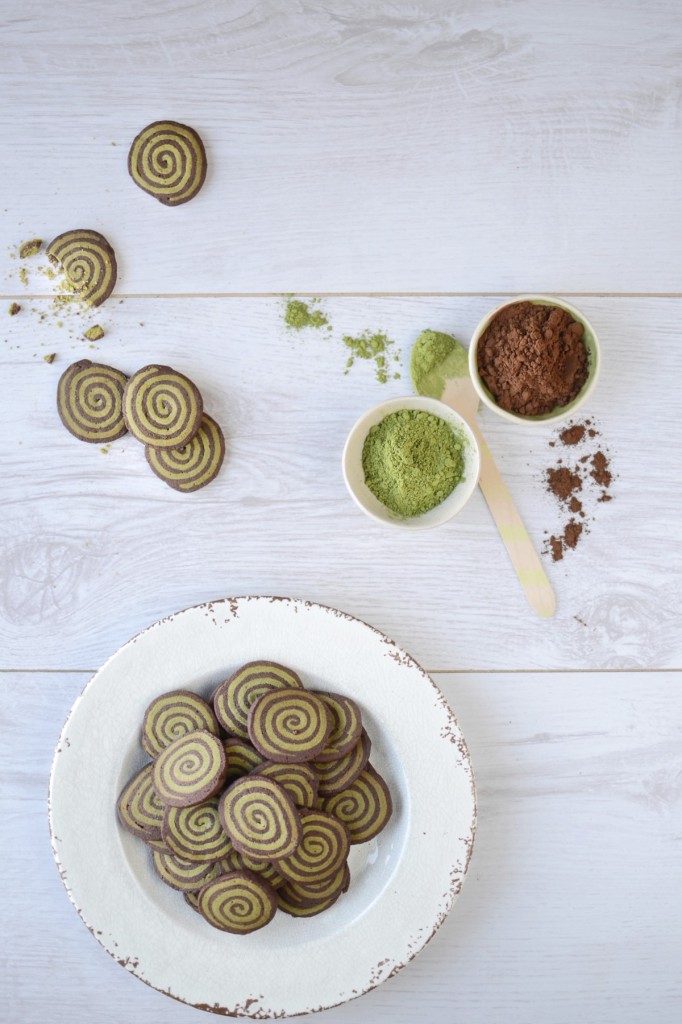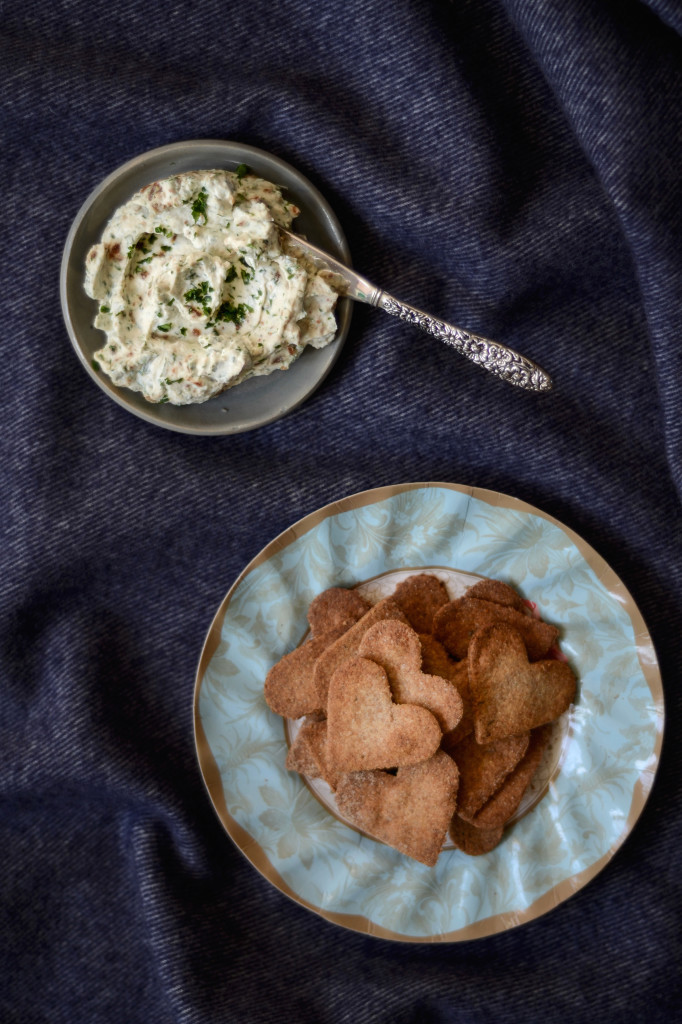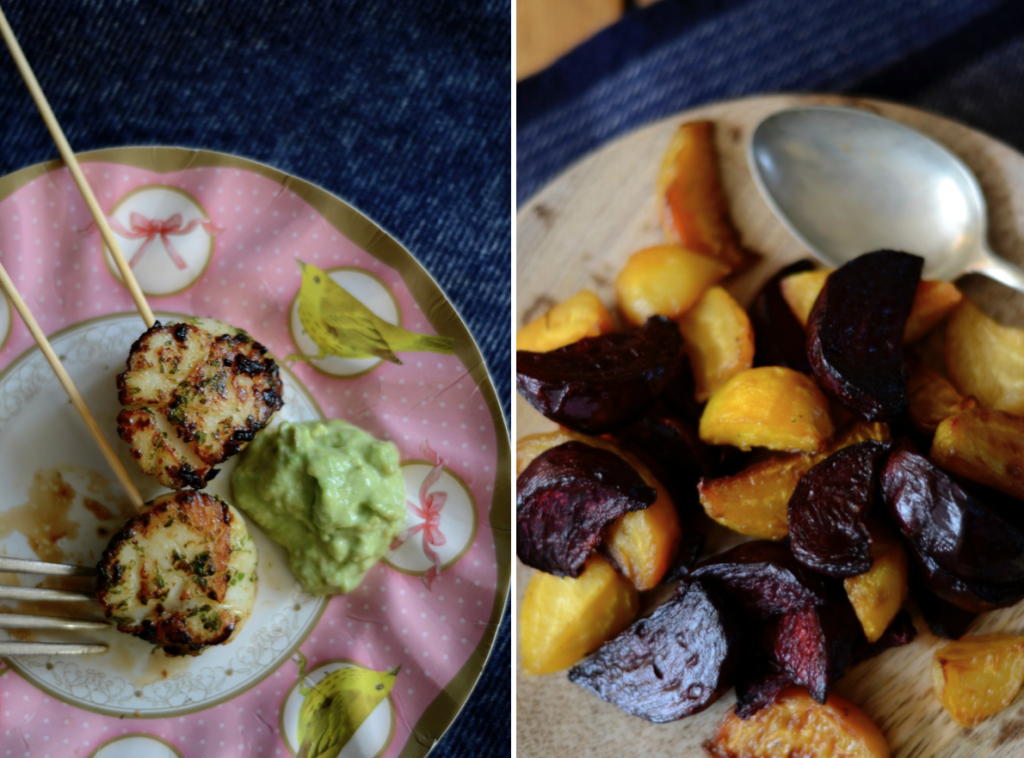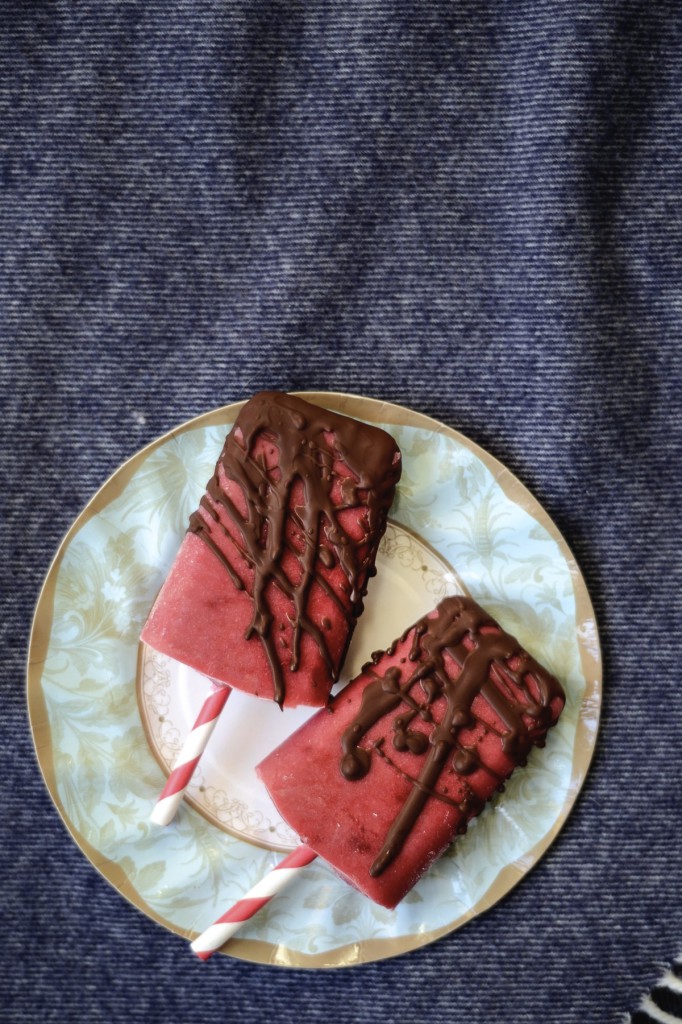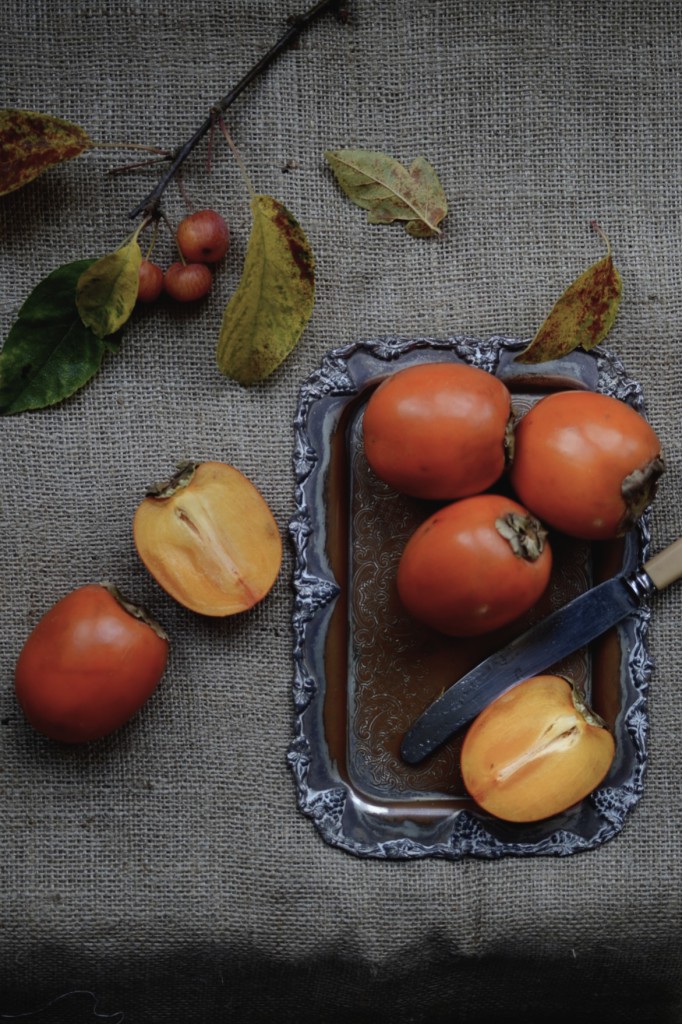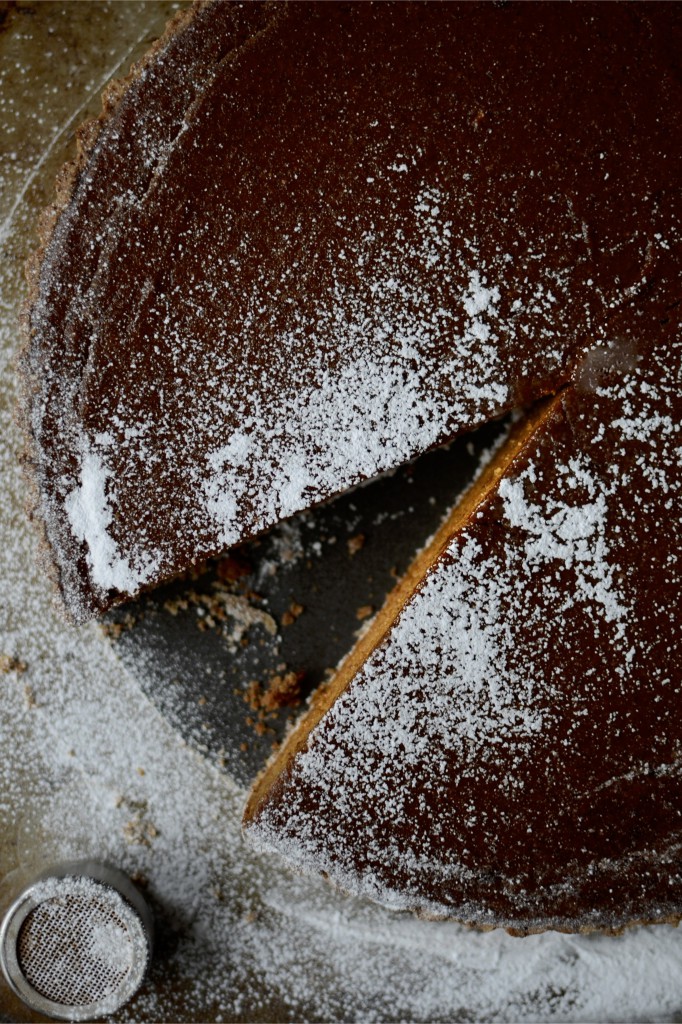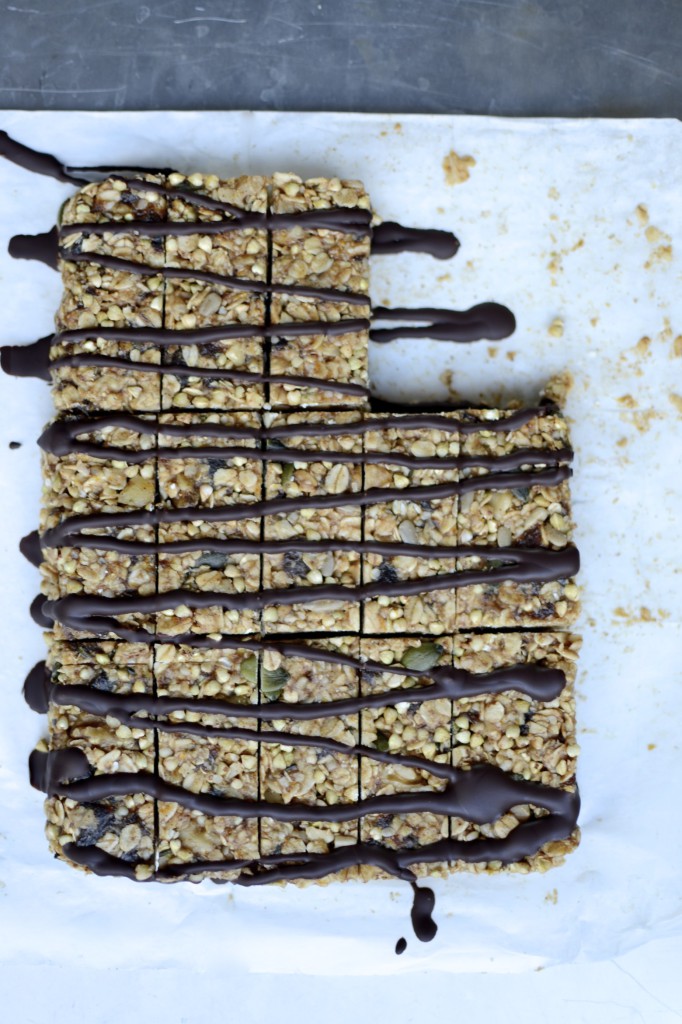Red Velvet Ice Cream Sandwiches
If you have never tasted a slice of red velvet cake with cream cheese frosting, you may not understand what all the fuss is about. Its intriguing name refers partly to its smooth and velvety texture, and partly to the sensual red colour, which is achieved in most modern recipes by adding (lots of) red food colouring to a chocolate cake batter.
Both these features were, however, originally due to the reaction of an acid (like vinegar or buttermilk) with the cocoa powder in the batter, which not only created bubbles and aeration, but also enhanced the red anthocyanin in the cocoa, a compound (also found in foods like red cabbage) that gets more red in the presence of strong acids. However, these days most cocoa powder undergoes Dutch processing, where an alkalizing agent is added to neutralise its acidity. Hence the need for (lots of) red colouring was created amongst bakers, and expertly fulfilled in the US by Adams Extract, a Texan company with good marketing sense.
But now for the really interesting bit. For our purposes today, at least. During the Second World War, bakers used reduced beet juice to enhance the colour (and texture) of their cakes, including the infamous Red Velvet cake, and give otherwise cheap bakes a dramatic appearance. Ah ha! As you know, adding vegetables to any kind of dish is my forte, so I present to you: the very beet-y red velvet ice cream sandwich.
Red velvet ice cream sandwiches
These sandwiches are a beguiling mix of earthy, sweet, cool and chewy. I used buckwheat flour to keep it gluten-free, but if you are not a fan of the taste, use stoneground spelt flour instead. Be sure to freeze the sandwiches until firm, or else you will end up with more ice cream on your shirt than between your biscuits!
Makes 8 sandwiches
Ingredients for the ice cream
200g roasted beetroot (about 500g peeled, raw beetroot)
1 whole vanilla pod
1 can coconut milk, gently warmed to melt the fat
60ml (1/4 cup) raw honey, plus a little extra to taste
flesh of 1/2 ripe avocado (about 50g)
15g (2 tablespoons) organic unsweetened cocoa powder
7g (1 tablespoon) arrowroot powder, dissolved in 15ml (1 tablespoon) water
Ingredients for the cookies
1 tablespoon ground golden linseeds (flax seeds)
60ml (1/4 cup) milk of your choice
60ml (1/4 cup) melted coconut oil
60g (1/2 cup) coconut blossom sugar
1 teaspoon good quality vanilla extract
30g (1/4 cup) organic unsweetened cocoa powder
1/2 teaspoon baking powder
pinch of sea salt
160g (1 cup) buckwheat flour
Method
- For the ice cream: put all the ingredients, except 2/3 of the coconut milk and the arrowroot powder slurry, in a blender and blend until smooth. Set aside. (If you do not have a high speed blender, scrape out the seeds of the vanilla pod and only use these – pop the pod in your coffee or sugar pot.)
- Whisk the arrowroot slurry into the rest of the gently warmed coconut milk. As soon as it thickens, remove from the heat, and once cooled, add the beetroot mix and whisk. Refrigerate until cold.
- For the cookies: whisk the ground linseeds and milk together. Set aside for a few minutes to allow it to swell.
- Whisk the oil and sugar together until light and frothy. Add the vanilla & linseed mix, then sift the dry ingredients into the wet. Mix together briefly until you have a ball of dough.
- Using a small ice cream scoop or a tablespoon, scoop 16 dough balls onto a baking sheet (no need to grease) and flatten each ball (I use a small palette knife to do this).
- Bake for 10 minutes at 180°C/360°F. Allow to cool slightly before transferring to a cooling rack.
- For the sandwiches: churn the refrigerated ice cream mixture in your ice cream maker.
- Transfer the soft ice cream to a shallow container that will yield a slab of ice cream 3 – 4 cm thick. Pop it in the freezer until almost solidly frozen, then use a cookie cutter the same size as your cookies to cut out ice cream rounds and place between two cooled cookies. You could also remove the ice cream slightly earlier and use an ice cream scoop to place one scoop between two cookies and press down lightly.
- If you would like to make these ahead of time, put the sandwiches in a container in the freezer and remember to take them out at least 5 – 10 minutes before eating.
Note:
To roast the beetroot, scrub clean, peel and cut into medium dice. Toss lightly in melted coconut oil and roast at 180°C/360°F until tender (about 1 hour), turning every so often. Be careful not to let them burn.
If you do not own an ice cream maker, you can make the ice cream by freezing the mixture and whisking it every 30 minutes or so, to prevent the formation of ice crystals.
Chewy almond and fig thins
It doesn’t really matter when you make these, but you should! They are rather easy to throw together and definitely hit the spot when you need a little something to cheer up your darling (or yourself!). If you can’t find matcha powder, use a few drops of beetroot juice instead, to colour the chocolate pink.
Chewy almond and fig thins
Ingredients
50g unsalted organic butter (or coconut oil)
50g coconut palm sugar (or you could use demarara sugar)
Pinch of sea salt
65g orange marmalade, very finely chopped
100g soft dried figs, finely chopped
80g flaked blanched almonds
30g shelled hemp seeds (also called hemp hearts)
25g brown rice flour
For the chocolate drizzle
100g organic white chocolate, broken into pieces
matcha powder (roughly 1 teaspoon)
freeze-dried raspberries or additional hemp hearts
Method
- Pre-heat the oven to 180°C/350°F and line two baking trays with parchment paper.
- Melt the butter and palm sugar in a small pan over a medium heat until the sugar is dissolved. Add the salt, give it a stir and set aside.
- Put the rest of the ingredients in a bowl and using a tablespoon, press everything against the sides to mix thoroughly and evenly distribute the flour. Add the butter and sugar mix and repeat the process until you have a lovely dark golden ball of deliciousness.
- Place this ball between two large pieces of parchment paper and roll it out until it is quite thin (how thin will depend on your preference, but I have found that 4mm is just about perfect). Slide onto a baking sheet and bake for about 10 minutes before removing from the oven.
- Now cut out shapes with a cookie cutter (press any offcuts together and roll them out again) or for a lot less effort, use a large knife to cut the cookie dough into rectangles. Place on the lined baking trays and return to the oven for another 8 – 10 minutes, rotating the trays half-way. Remove from the oven and transfer to a cooling rack to cool completely.
- When cool, melt the white chocolate in a double boiler or in a heatproof bowl set over a pan of simmering water (don’t let the bowl touch the water!) and stir every now and then. As soon as the chocolate has melted, add enough matcha powder for a lovely green hue.
- Dip each cookie in the melted chocolate half-way and sprinkle with freeze-dried raspberries or additional hemp hearts. return to the cooling racks and store in an air-tight container when set. You could also spread chocolate on the underside of each cookie and let it cool upside down. You will need more than 100g of chocolate, but it is more traditional. And reeeeeally good.
Note: If you are not a fan of white chocolate, feel free to use dark chocolate instead.
Sweet potato loaf with apple butter
Some mornings I just need things to happen a little quicker than usual. Avocado on a slice of rye sourdough will always be a favourite, but for something different try baking this loaf the day before. It was born out of my eternal quest to incorporate more vegetables into our daily eating and the kids love it with raw lightly salted butter. As a special treat (and to keep it dairy-free), slather it with the apple coconut butter below. This gorgeous spread keeps well in the fridge for a week or so and is equally delicious stirred into hot porridge, as a topping on pancakes, or on crunchy toast.
Sweet potato loaf
Ingredients
5 medium organic free range eggs, lightly beaten
520g (about 2 cups) mashed cooked sweet potato
1 1/2 teaspoons baking powder
1 teaspoon salt
100g (just over 3/4 cup) coconut flour
1 tablespoon grated fresh ginger
50g (about 1/3 cup) dried cranberries, soaked in juice from 1/2 an orange for at least 2 hours
60g (1/2 cup) pecan nuts, roughly chopped
some coconut sugar to sprinkle over, optional
Method
- Preheat the oven to 180°C / 350°F (or 160°C in a fan oven).
- Grease a medium sized loaf tin and line with parchment paper, allowing the paper to overhang on the long sides.
- Beat together the mashed sweet potato and the eggs until smooth, light and fluffy.
- Sift in the baking powder, add the salt, coconut flour and grated ginger, and mix well.
- Stir in the soaked and softened cranberries, any remaining orange juice and chopped nuts.
- Let the batter sit for 10 minutes to give the coconut flour time to absorb the liquids.
- Pour the batter into the prepared tin, sprinkle over a little coconut palm sugar if using, and bake for 50 minutes or until the top begins to brown and a toothpick inserted in the centre of the bread comes out clean.
- Remove from the oven and allow to cool completely before slicing. Store covered for a couple of days at room temperature or in the fridge for several days. You could also freeze it. Like most gluten-free breads, it is quite fragile and can’t really be slotted into a toaster, but I do sometimes toast it in a medium hot pan in some butter or coconut oil.
Apple and coconut butter
This will only really work if you have a high-speed blender, as the coconut butter is quite solid in anything other than very hot weather and you will end up with a lumpy mess. But if you don’t own one, try gently heating the coconut butter and then stirring in the apple sauce. It won’t be as spreadable, but still pretty darn delicious as a topping.
Ingredients
160ml (2/3 cups) home-made or store-bought apple sauce
70g coconut butter (also called coconut manna or creamed coconut) at room temperature
squeeze of lemon juice
Method
- Pour the apple sauce into the blender, then cut the coconut butter into small chunks and add. If the fat has separated and formed a layer on top of the more crumbly coconut component, make sure you include some of the fat when adding to the apple sauce.
- Blend until smooth. Scrape down the sides once or twice.
- Add lemon juice to taste, blending in between additions.
Stone fruit slices
The memories of my primary school years are punctuated by gloriously colourful events, much-loved traditions, lessons learnt the hard way, meaningful moments… And Maike’s mum’s weekly apricot tray bake. It will forever crop up in my mind as the most delicious treat anyone could wish for. It perfectly captured the balance between soft and chewy, tart and sweet. And it looked and tasted like the summer sun.
Rather than being a cake, this recipe really is more of a nutritious snack that I happily give my children after school and help myself to during busy mornings catching up on admin and work. The end result relies to a large extent on the taste and quality of your fruit, but even so, it is a good way to use up over-ripe, squooshy apricots and plums.
Stone fruit slices
Ingredients
3 medium eggs, at room temperature and separated
80ml (1/3 cup) oil (coconut oil, macadamia nut oil or melted butter)
80ml (1/3 cup) honey
1/2 teaspoon good quality almond extract
pinch of sea salt
finely grated zest of 1 lemon
230g (about 2 1/3 cups) ground almonds / almond flour
750g large apricots and small’ish plums (about 6 of each), halved, stones removed and sliced into eighths
Method
- Whisk together the egg yolks, oil, honey, almond extract, salt and lemon zest.
- Stir in the ground almonds and set aside.
- Preheat the oven to 180°C/360°F.
- Whisk the egg whites to firm (but not stiff) peaks, and gently fold into the almond mixture.
- Spread this mixture out in an even layer in a greased ovenproof baking dish (about 30 x 20 cm).
- Place the fruit slices skin-side up as close together as possible in the thin layer of batter – alternating the fruit as you go along. You could also use apricot halves only, which would be much quicker and easier, but not as pretty.
- Bake in the oven for 30 minutes, then turn the oven off and leave the cake in the oven for another 15 minutes, before removing and allowing to cool.
- Cut the cake into squares in the dish, then carefully slide an offset spatula under each row to carefully lift them out.
- Store in the fridge for several days or freeze.
Hot cross breakfast bake
I have an issue with Christmas decorations appearing in September. And hot cross buns being for sale all year long. They are such a treat precisely because they are usually only available during Easter – and, like fragrant strawberries in summer and nutty-sweet Jerusalem artichokes in winter, I so look forward to indulging in them for a brief period every year. Here is a recipe idea for a savoury dish making use of these little spiced buns and one of my favourite greens – cavolo nero.
Wishing you all a blessed Easter!
Hot cross breakfast bake
Serves 4
Ingredients
1 large onion, finely chopped
large knob of organic butter
50g (small handful) Tuscan kale / cavolo nero, leaves stripped from stems and roughly chopped
4 wholewheat, preferably organic, hot cross buns, sliced into 5 slices each (they can be a few days old)
3 pastured organic eggs
200ml (1/2 plus 1/3 cup) milk of your choice
small handful (about 20g) pine nuts, toasted in a heavy based pan until golden
large handful (about 40g) grated strong cheddar cheese
Method
- Preheat the oven to 180°C/350°F.
- Heat the butter, add the onion and cook over a medium heat until soft and translucent. Now turn up the heat and cook for another 20 minutes, stirring regularly to avoid the edges catching.
- While the onion is caramelising, “steam” the kale briefly in a little water until bright green and wilted. Refresh under cold running water and squeeze out any excess liquid.
- As soon as the onions are golden and sweet, set aside to cool slightly.
- Butter each of the hot cross bun slices with butter and stack in an ovenproof dish. Scatter over the toasted pine nuts.
- Now place the onion, kale, eggs and milk in a blender and blend briefly until the kale is finely chopped (but not completely liquidised). Carefully pour this mixture over the hot cross buns and leave to stand for at least 20 minutes.
- Sprinkle over the grated cheese and bake for 30 to 35 minutes or until golden and set.
- Remove from the oven and allow to cool slightly before serving.
An Easter cake fit for a king
Easter is a special time of celebration in our household and even though we (well, I!) try to limit chocolate consumption to a manageable amount, a showstopper cake seems to fit the occasion. This squash and parsnip cake relies on olive oil for its moist and dense texture, whilst the flavour is a delightful mix between earthy and fresh, and not at all too sweet. All you need now is a freshly brewed cup of tea and a comfy seat.
Butternut squash and parsnip cake with saffron icing
Makes 1 small (18cm) double layered cake
Ingredients for the cake
170g wholemeal spelt flour or gluten-free flour
130g chickpea / garbanzo bean / gram flour
1 tablespoon baking powder
pinch of sea salt
200g coconut blossom sugar or light muscovado sugar (lumps removed to avoid holes in your cake)
seeds of 12 – 15 green cardamom pods, ground with mortar and pestle
185ml (3/4 cup) extra virgin olive oil
4 eggs, preferably organic and pastured
30ml (2 tablespoons) milk of your choice if you are using gluten-free flour
Zest of 2 oranges, preferably unwaxed and organic as citrus fruit is often heavily sprayed with pesticides
150g peeled and grated butternut squash
150g peeled and grated parsnips
Ingredients for the frosting
large pinch of saffron, ground into powder with mortar and pestle
50g butter (preferably organic and grass-fed), softened
250g full-fat organic cream cheese (preferably organic and grass-fed), at room temperature
30ml (2 tablespoons) honey, preferably raw
pinch of sea salt
Method
For the cake:
- Preheat the oven to 160°C/320°F. Grease and line two 18cm round cake tins with parchment paper.
- In a large bowl, whisk together the flours, baking powder, salt, sugar and cardamom powder.
- Separately, whisk the olive oil, eggs and orange zest until combined.
- Make a well in the centre of the flour mix, and pour in the eggs. Stir to combine, then gently mix in the carrot and parsnip. If the grated strands are on the long side, run a sharp knife through the veggies a few times before adding to the batter (this will help prevent any bubbles or unevenly cooked bits).
- Divide the cake mix between the two tins, tap them vigorously on your counter top to allow air bubbles to escape and bake for about 55 minutes, or until golden and a skewer or toothpick inserted in the centre of the cake comes out clean. Cool the cakes in the tin for a few minutes, then remove from and allow to cool completely on a wire rack.
For the frosting:
- Soak the ground saffron in just enough hot water to cover for at least 20 minutes.
- Beat the butter until soft and light. Add the cream cheese and continue to beat until smooth.
- Add the honey and salt and beat another few seconds.
- Now you can either add all the saffron water or divide the frosting into thirds, colouring each third slightly more yellow than the one before. Use the three shades to create an ombre effect cake.
- Place the frosting in the fridge and allow to set to a pipe-able consistency before icing your completely cooled cake.
Cacao and matcha pinwheels
We all know that regularly enjoying a cup of green tea is beneficial to our health. Matcha powder is a concentrated powdered green tea that can be stirred into hot water to make a cuppa, but also be added to a variety of dishes, such as smoothies, porridge, lattes, chocolate truffles and cakes. The nutritional value and antioxidant content of matcha tea exceeds that of regular green tea tenfold, because the whole leaf, not just the brewed water, is ingested. Amongst its many benefits, matcha is packed with antioxidants, boosts metabolism and burns calories, detoxifies, calms, aids in concentration, contains vitamin C, selenium, chromium, zinc and magnesium, fights against viruses and bacteria, is rich in fibre, and lowers cholesterol and blood sugar. Well worth incorporating into your diet, it seems.
Gluten-free cacao and matcha pinwheel cookies
Makes 50 – 60 cookies, depending on thickness
Ingredients
110g butter, preferably organic and pastured
130 – 140g coconut sugar (you could also use unrefined brown sugar)
1 egg
250g gluten-free flour (try using one that contains no xanthan gum) or wholegrain spelt flour
1 teaspoon baking powder
pinch of salt
15g (2 tablespoons) unsweetened cacao powder
7g (1 tablespoon) matcha green tea powder
Method
- Preheat the oven to 180°C/350°F and line a large baking sheet with parchment paper.
- Cream together the butter and sugar until light and fluffy. Add the egg and mix until well incorporated.
- Combine the flour, baking powder and salt, then fold into the butter mixture.
- Now divide the mixture in half, add the cacao powder to one half and the matcha powder to the other. Use your hands to work the cacao and the matcha into the two balls of dough. The dough will be quite sticky, but should be workable. The matcha half may need a tiny bit more flour.
- Now flatten the cacao dough ball onto a large piece of parchment paper in a rectangular shape. Place another piece of baking parchment on top and roll out until you have a very thin large rectangle. Place in the fridge on a chopping board or tray.
- Repeat the process for the matcha dough half. Remove the cacao rectangle from the fridge, peel off the top piece of paper, and flip over onto the matcha rectangle. Cut off any overhang to patch any gaps.
- Sprinkle the piece of paper that you peeled off the cacao rectangle with flour, then flip the now stuck-together rectangles onto that.
- Carefully start rolling up the dough on the long side until you have a very long and tight sausage. Place this in the fridge for at least 30 minutes before moving on to the next step.
- When completely firm, cut the sausage in half, leave one half in the fridge and slice the other half into thin rounds. Place on the lined baking sheet and bake for 10 to 12 minutes, rotating the sheet once. Repeat for the other half of the sausage.
- Place on a wire rack to cool completely before storing in an airtight container.
Picnic à deux
Ok, full disclosure: I don’t really celebrate Valentine’s Day.
I used to, but that was before I married another Capricorn at the end of January. By the time Christmas, New Year’s Eve, our respective birthdays and our wedding anniversary have been duly celebrated, we are usually ready for a break.
I am a HUGE fan of romantic dates, however. Any time, any place. And if Valentine’s Day happens to be the next available opportunity to spoil your sweetheart, then make the most of it with this easy peasy, super sexy stay-at-home picnic for two. Open fires and games of scrabble optional.
The Ruby Noir
Makes 2 cocktails
Ingredients
60ml (1/4 cup) 100% pomegranate juice, chilled
30ml (2 tablespoons) damson, plum, blackberry or sloe vodka
1 teaspoon sweetened lime juice (squeeze out half a lime and stir in 1 teaspoon honey)
Champagne or sparkling wine, chilled
1 teaspoon pomegranate seeds
2 small and fine rosemary twigs (optional)
Method
- Mix the pomegranate juice, vodka and lime juice, then divide between two champagne flutes, pouring through a funnel if you want to keep it extra neat.
- Top up with Champagne, by carefully pouring the bubbly into the glass over the back of a metal spoon to “float” it on top of the pomegranate mix.
- Carefully float a few pomegranate seeds on top and finish with a rosemary twig, if you like.
Spiced rye crackers with figgy goat’s cheese
Ingredients for the crackers
Makes about 18 small crackers, but feel free to double or triple the recipe – they keep well
50g (1/3 cup) stoneground rye flour
pinch of salt
pinch each of caraway seed, aniseed and cumin
10g (about 2 teaspoons) cold butter, cut into small cubes
15ml (1 tablespoon) or thereabouts milk of your choice (I used almond milk)
Ingredients for the figgy goat cheese
Enough for 2 people
70g (1/3 cup) soft goat cheese
1 large soft dried fig, finely chopped
1 teaspoon finely chopped parsley, leaves only
sea salt and freshly ground black pepper
aged Balsamic vinegar to serve (optional)
Method
- For the crackers: preheat the oven to 220°C / 420°F. Line a small baking sheet with parchment paper.
- Whisk together the flour, spices and salt. Using your finger tips, rub the butter into the flour until it resembles fine bread crumbs.
- Add the milk and knead the dough until it comes together in a soft ball – not too sticky, and not crumbly.
- Roll the dough out thinly and use a cookie cutter to cut out shapes. Place these on the prepared sheet.
- Bake for roughly 10 minutes, or until the edges have turned golden, then remove from the oven and allow to cool on a cooling rack.
- For the goat cheese: while the crackers are baking, mix all the ingredients for the cheese in a bowl, adjust seasoning and set aside.
Scallop pops with avocado aïoli
What can be more seductive than nibbling on a sizzling scallop lollipop? These guys are the perfect mess-free picnic food and add just the right amount of spice to wake up the senses. Serve with a plate of gorgeous roasted mixed beets.
Ingredients for the marinade
handful of fresh coriander (cilantro), finely chopped
1 small red chilli, finely chopped (deseeded and membranes removed if you prefer it milder)
1 large garlic clove, thinly sliced
splash of olive oil
For the pops
6 large or 8 small scallops
knob of butter, preferably organic
4 to 6 wooden skewers
Ingredients for the avocado aïoli
1 small ripe avocado, mashed
1 – 2 tablespoons garlic aïoli or mayonnaise, preferably home-made
squeeze of lemon
sea salt
Method
- Mix all the ingredients for the marinade and rub it into the scallops. Set aside for at least half an hour.
- While the scallops are marinating, mix together the ingredients for the avocado aïoli and refrigerate.
- When you are ready to fry the scallops, pick out the garlic slices, as they burn too easily, and heat the butter in a heavy bottomed skillet or pan over a medium heat.
- Fry the scallops for a minute or two on each side – do not overcook them! – then slide one to two onto each skewer. Season with sea salt and serve with the avocado aïoli.
Chocolate-drizzled pear and raspberry lollies
For me, a romantic dinner has to be delicious, yes, but definitely not too filling. Who wants to feel stuffed and uncomfortable on a date? These refreshing, yet luscious lollies will hit the spot.
Makes 4 small or 2 large lollies
Ingredients for the lollies
teaspoon of coconut oil
2 pears, peeled, cored and quartered
1 teaspoon molasses sugar or dark brown muscovado sugar
80g (1/2 cup) frozen or fresh raspberries, plus a few extra
60ml (1/4 cup) milk of your choice (I used almond milk)
Ingredients for the chocolate drizzle
10g / 10ml (2 teaspoons) coconut oil
20g (about 6 squares) dark chocolate, broken into small pieces
Method
- For the lollies: heat the coconut oil in a heavy based saucepan until hot, then lay the pear quarters down, sprinkle over the sugar and do not turn until they’ve developed a lovely golden colour and the sugar has melted (about 5 to 10 minutes).
- Turn over and fry on the other side for another 5 minutes.
- Now blend the pears, raspberries and milk until smooth. Stir in the remaining raspberries (crush them if they are frozen) and fill the ice lolly moulds.
- Freeze for at least 4 to 5 hours.
- For the chocolate drizzle: put them coconut oil in a small saucepan and heat over a low heat until melted.
- Add the bits of chocolate and continue to warm over a medium heat until melted.
- Give it a quick whisk, then set aside to cool slightly.
- Run hot water over the moulds to remove the lollies. Using a spoon, drizzle some chocolate sauce over each and give it half a minute or so to set.
Four persimmons and a pumpkin pie
The autumn colours, sights and sounds stir a certain longing in most cooks to bake. For many North Americans this means pumpkin pie – a dish almost synonymous with the autumnal Thanksgiving celebrations. In South Africa, we grew up eating pumpkin fritters doused with cinnamon sugar alongside our Sunday roast, so a sweet dish with pumpkin as its star is no stranger to me. In my pie recipe, however, the pumpkin (or butternut squash) shares centre stage with some gorgeous persimmons.
Persimmons vary in colour from golden yellow to burnt orange and red, and can be round or oval. Persimmon trees carry either astringent fruit (whilst unripe) or non-astringent fruits. The astringent cultivars (such as Eureka, Hachiya, Saijo, Tamopan, Tanenashi, Triumph, etc.), are high in tannins and must be allowed to ripen fully until the flesh attains a consistency akin to jelly. The non-astringent kinds (Fuyu, Gosho/Giant Fuyu/O’Gosho, Imoto, Izu, Jiro, Maekawajiro, Okugosho, Suruga, etc.) contain less tannins and can be eaten when still crispy.
Persimmon fruit, originally from East Asia, has a sweet, succulent flesh that holds several health promoting benefits. Persimmons contain flavonoid poly-phenolic anti-oxidants such as catechins and gallocatechins in addition to an important anti-tumour compound, betulinic acid. Catechins are known to have anti-infective, anti-inflammatory and anti-hemorrhagic properties. Fresh persimmons also contain other anti-oxidant compounds like vitamin A, vitamin B, vitamin C, beta-carotene, lycopene, lutein, zea-xanthin and cryptoxanthin. Together, these compounds functions as protective scavengers against oxygen-derived free radicals and reactive oxygen species that play a role in ageing and various disease processes. Fresh persimmons also contain minerals like potassium, manganese, copper, and phosphorus.
Pumpkin and persimmon pie
Makes one 28cm pie
Ingredients for crust
115g (about 1 cup) wholemeal spelt flour
60g (about ½ cup) stoneground rye flour
25g (2 tablespoons) date sugar or unrefined brown sugar
large pinch of sea salt
110g cold butter, cut into pea-sized pieces
15 – 30ml (1 – 2 tablespoons) ice cold water
Ingredients for filling
850g peeled and cubed butternut squash (about 1 medium butternut), roasted (should yield 360g or 1 ½ cups mashed roasted flesh)
flesh of 4 ripe persimmons (cut in half horizontally and scoop out with a spoon)
100g (about ½ cup) date sugar or unrefined brown sugar
60g (1/3 cup) unrefined brown sugar
2 teaspoons ground cinnamon
1 heaping teaspoon ground ginger
generous grating of nutmeg (about 1/2 a nut)
¼ teaspoon allspice
pinch of salt
125ml (½ cup) milk of your choice
125ml (½ cup) organic double (heavy) cream
3 large eggs
Method
- Grease a 28cm (or 11 inch) loose-bottomed tart form.
- For the pastry: put the flours, date sugar, salt and cold butter in the bowl of a food processor and blitz until it looks like coarse sand. This step can also be done by hand by rubbing the butter into the flour with your finger tips.
- With the motor running, add 1 to 2 tablespoons ice cold water or until the dough starts coming together. Or if you are doing it by hand, just keep sprinkling cold water on the dough until it starts to come together.
- Tip the pastry out into a bowl and knead very briefly until you have a smooth (not crumbly or sticky) ball of dough.
- Roll out thinly between two pieces of greaseproof paper, then fold it over your rolling pin and lay it across your greased tart form. Press the pastry into the edges and up along the sides, trimming where necessary. Refrigerate for at least half an hour.
- Preheat oven to 180°C / 360°F.
- When the pastry is completely firm, remove from fridge and place on a baking sheet. Partially blind bake in the hot oven for 10 minutes.
- To make the filling: in a food processor, puree the roasted squash, persimmon flesh, date and brown sugars, and spices until very smooth. Scrape the filling into a little pot and, stirring continuously, cook over medium heat until the mixture starts to bubble (about 5 – 7 minutes). Set aside.
- Whisk together the milk, cream and eggs, then whisk the pumpkin mixture into the egg mixture.
- Carefully pour the filling into the pastry shell and bake for 30 minutes or until filling is lightly cracked around edges and still a tiny bit wobbly in the centre. Allow to cool completely before slicing.
- Serve with Greek yoghurt, soured cream or crème fraîche.
Oat and buckwheat crispie fridge bars
The moment you start changing your eating habits by steering clear of processed foods, refined sugar and white flour, your taste buds begin to transform. Suddenly, overly salty or super sweet food does not do it for you anymore, and you automatically adjust the way you cook, like adding less sugar to cake batters because you know it will still be sweet enough… Anyone who has discovered the joy of dark chocolate will know what I mean. Milk chocolate will never again be your first choice.
Every now and then, however, even I can appreciate the pleasure of a toe-curlingly sweet treat. After a long park run on a cold morning, or with a gorgeous cup of tea and your favourite book. It is for moments such as these that I usually keep a few of the buckwheat crispie bars in the freezer. They are crunchy and syrupy, and a honey bee’s dream.
Ingredients
80ml (⅓ cup) liquid coconut oil
125ml (½ cup) organic smooth peanut butter
125ml (½ cup) runny honey, preferably raw
large pinch fine grain sea salt
2 teaspoons cinnamon
1 1/2 teaspoon ground ginger
zest of 2 medium organic oranges
200g (about 2 cups) rolled oats
140g (about 1 cup) sprouted buckwheat groats* (dehydrated or dried in low temp oven)
100g walnuts, chopped (yields about 1 cup)
160g dried organic apricots, chopped into small chunks (yields about 1 cup) dried sour cherries for a less sweet bar
60 – 80g (about ½ cup) mixed seeds (chia, sunflower, pumpkin, sesame, hemp)
30g melted dark chocolate to garnish (optional)
Method
- Ensure all the ingredients are at room temperature.
- Whisk together the peanut butter, honey, coconut oil, salt, cinnamon, ginger and orange zest until well mixed.
- In a large bowl combine the oats, buckwheat, walnuts, apricots or cherries, and seeds. Ensure the apricot pieces are separated and coated in oats. buckwheat and / or seeds – use your fingers to do this.
- Pour the dry ingredients into the peanut butter mixture and stir well.
- Line a Swiss roll pan with greaseproof paper, allowing for an overhang on the long side of the tin.
- Spoon the mixture into the pan, pressing down firmly with the back of the spoon or your fingers until it is very tightly packed all the way into the corners.
- Now refrigerate the tray for at least 2 to 3 hours or place in the freezer for roughly 1 hour.
- When firm, lift the granola mixture out of the tin and onto a chopping board by grabbing hold of the greaseproof paper.
- Cut the slab into small bars or squares. If you are using chocolate, place the sheet with the bars back in the Swiss roll tin.
- Spoon the melted, slightly cooled, chocolate into a small sandwich bag. Twist the top and then snip off one tiny corner. Use like a piping bag to drizzle chocolate over the bars.
- Return the bars to the fridge until the chocolate has set, then store in an airtight container, preferably in the fridge or freezer.
Note: *To sprout raw, un-roasted buckwheat (not kasha), soak 2 cups of groats in three times the amount of fresh water for 12 to 18 hours, changing the slimy water once during this time. Then drain, rinse off any sliminess, and leave in a sprouting jar, mesh bag or sieve, loosely covered with a kitchen towel or cloth for a day or two, rinsing well twice a day. Once most of the grains have started sprouting (you will see a little tail forming), spread them all out on a tray or baking sheet and dry in a dehydrator or at a very low temperature (about 65°C) in the oven until crisp (usually this takes 12 to 24 hours). This low temperature is essential to preserve the enzymes in the sprouts, but if you are pressed for time, you could increase the temperature, thereby reducing the baking time.



